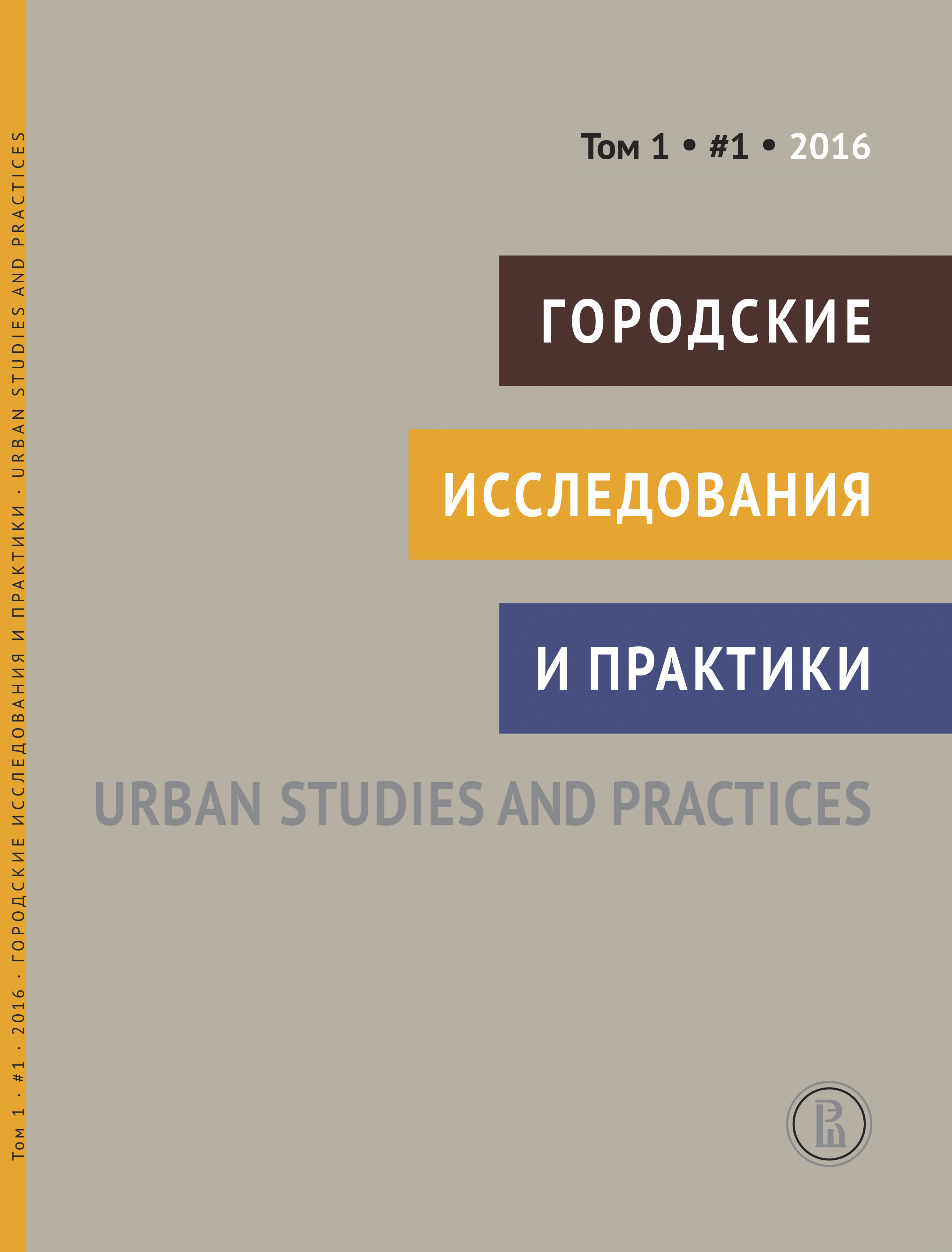Urban Social Media Inequality
Definition, Measurements, and Application
Abstract
Social media content shared today in cities, such as Instagram images, their tags and descriptions, is the key form of contemporary city life. It tells people where activities and locations that interest them are and it allows them to share their urban experiences and self-representations.
Therefore, any analysis of urban structures and cultures needs to consider social media activity. In our paper, we introduce the novel concept of social media inequality. This concept allows us to quantitatively compare pattern in social media activities between parts of a city, a number of cities, or any other spatial areas. We define this concept using an analogy with the concept of economic inequality. Economic inequality indicates how some economic characteristics or material resources, such as income, wealth or consumption are distributed in a city, country or between countries. Accordingly, we can define social media inequality as the measures of distribution of characteristics of social media content shared in a particular geographic area or between areas. An example of such characteristics is the number of photos shared by all users of a social network such as Instagram in a given city or city area, or the content of these photos.
We propose that the standard inequality measures used in other disciplines, such as the Gini coefficient, can also be used to characterize social media inequality. To test our ideas, we use a dataset of 7,442,454 public geo-coded Instagram images shared in Manhattan during five months (March — July) in 2014, and also selected data for 287 Census tracts in Manhattan. We compare patterns in Instagram sharing for locals and for visitors for all tracts, and also for hours in a 24 hour cycle. We also look at relations between social media inequality and socio-economic inequality using selected indicators for Census tracts. The inequality of Instagram images shared in Manhattan turns out to be bigger than inequalities in levels of income, rent, and unemployment.
Downloads
References
American Community Survey. 2012 estimates (2012) Available at: [https://www.census.gov/programs-surveys/acs/news/data-releases.2012.html](https://www.census.gov/programs-surveys/acs/news/data-releases.2012.html) (accessed 20.02.2016).
Atkinson A. B. (2015) Inequality: What Can Be Done? (1st ed.). Cambridge, Massachusetts: Harvard University Press.
Batty M. (2013) The New Science of Cities. Cambridge, Massachusetts: The MIT Press.
Fischer E. (2010) The Geotagger’s World Atlas. Available at: [https://www.flickr.com/photos/walkingsf/sets/72157623971287575/](https://www.flickr.com/photos/walkingsf/sets/72157623971287575/) (accessed 20.02.2016).
Goddemeyer D., Stefaner M., Baur D., Manovich L. (2014) On Broadway. Available at: [http://on-broadway.nyc](http://on-broadway.nyc) (accessed 20.02.2016).
Goldsmith S., Crawford S. (2014) The Responsive City: Engaging Communities Through Data-Smart Governance. 1st ed. San Francisco, CA: Jossey-Bass.
Hochman N., Manovich L. (2013) Zooming into an Instagram City: Reading the Local Through Social Media. First Monday, No 18 (7). Available at: [http://firstmonday.org/ojs/index.php/fm/article/view/4711](http://firstmonday.org/ojs/index.php/fm/article/view/4711) (accessed 20.02.2016).
Hochman N., Schwartz R. (2012) Visualizing Instagram: Tracing Cultural Visual Rhythms. In the Workshop on Social Media Visualization (SocMedVis) in conjunction with the Sixth International AAAI Conference on Weblogs and Social Media (ICWSM-12). Dublin, Ireland. Available at: [https://www.aaai.org/ocs/index.php/ICWSM/ICWSM12/paper/viewFile/4782/5091](https://www.aaai.org/ocs/index.php/ICWSM/ICWSM12/paper/viewFile/4782/5091) (accessed 20.02.2016).
Manovich L. (2014) When Do People Share? Comparing Instagram Activity in Six Global Cities. Available at: [http://lab.softwarestudies.com/2014/11/when-do-people-share-comparing.html](http://lab.softwarestudies.com/2014/11/when-do-people-share-comparing.html) (accessed 20.02.2016).
Milanovic B. (2006) Global Income Inequality: What It Is And Why It Matters? DeSA Working Paper, No 26.
Milanovic B. (2007) Worlds Apart: Measuring International and Global Inequality. Princeton, N.J.: Princeton University Press.
OECD (2011) Society at a Glance 2011. Paris: Organization for Economic Co-operation and Development. Available at: [http://www.oecd-ilibrary.org/content/book/soc_glance-2011-en](http://www.oecd-ilibrary.org/content/book/soc_glance-2011-en) (accessed 20.02.2016).
Pew Research Center (2015) Social Media User Demographics. Available at: [http://www.pewinternet.org/data-trend/social-media/social-media-user-demographics/](http://www.pewinternet.org/data-trend/social-media/social-media-user-demographics/) (accessed 20.02.2016).
Piketty T. (2014) Capital in the Twenty-First Century (trans. A. Goldhammer). Cambridge, Massachusetts: Belknap Press.
Pucci P., Manfredini F., Tagliolato P. (2015) Mapping Urban Practices Through Mobile Phone Data. Springer.
Ratti C., Frenchman D., Pulselli R. M., Williams S. (2006) Mobile Landscapes: Using Location Data from Cell Phones for Urban Analysis. Environment and Planning: Planning and Design, No 33 (5), pp. 727–748. Available at: [http://doi.org/10.1068/b32047](http://doi.org/10.1068/b32047) (accessed 20.02.2016).
Ray D. (1998) Development Economics. Princeton, N.J.: Princeton University Press.
Stiglitz J. E. (2012) The Price of Inequality: How Today’s Divided Society Endangers Our Future. 1st ed. New York: W. W. Norton & Company.
Townsend A. M. (2014) Smart Cities: Big Data, Civic Hackers, and the Quest for a New Utopia. 1st ed. New York: W. W. Norton & Company.
U.S. Census Bureau. Country Business Patterns. (2013). Available at: [http://www.census.gov/econ/cbp/](http://www.census.gov/econ/cbp/) (accessed 20.02.2016).
U.S. Census Bureau. State and County QuickFacts (2014) Available at: [http://quickfacts.census.gov/qfd/states/36/36061.html](http://quickfacts.census.gov/qfd/states/36/36061.html) (accessed 20.02.2016).

